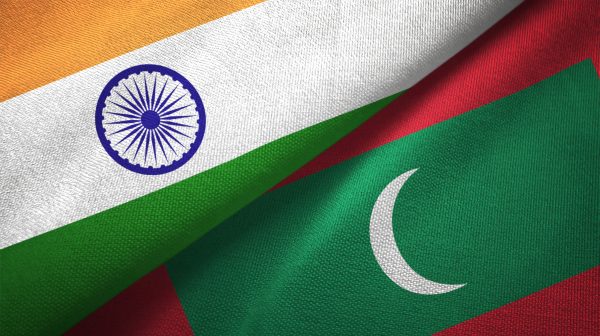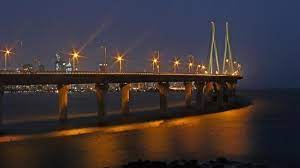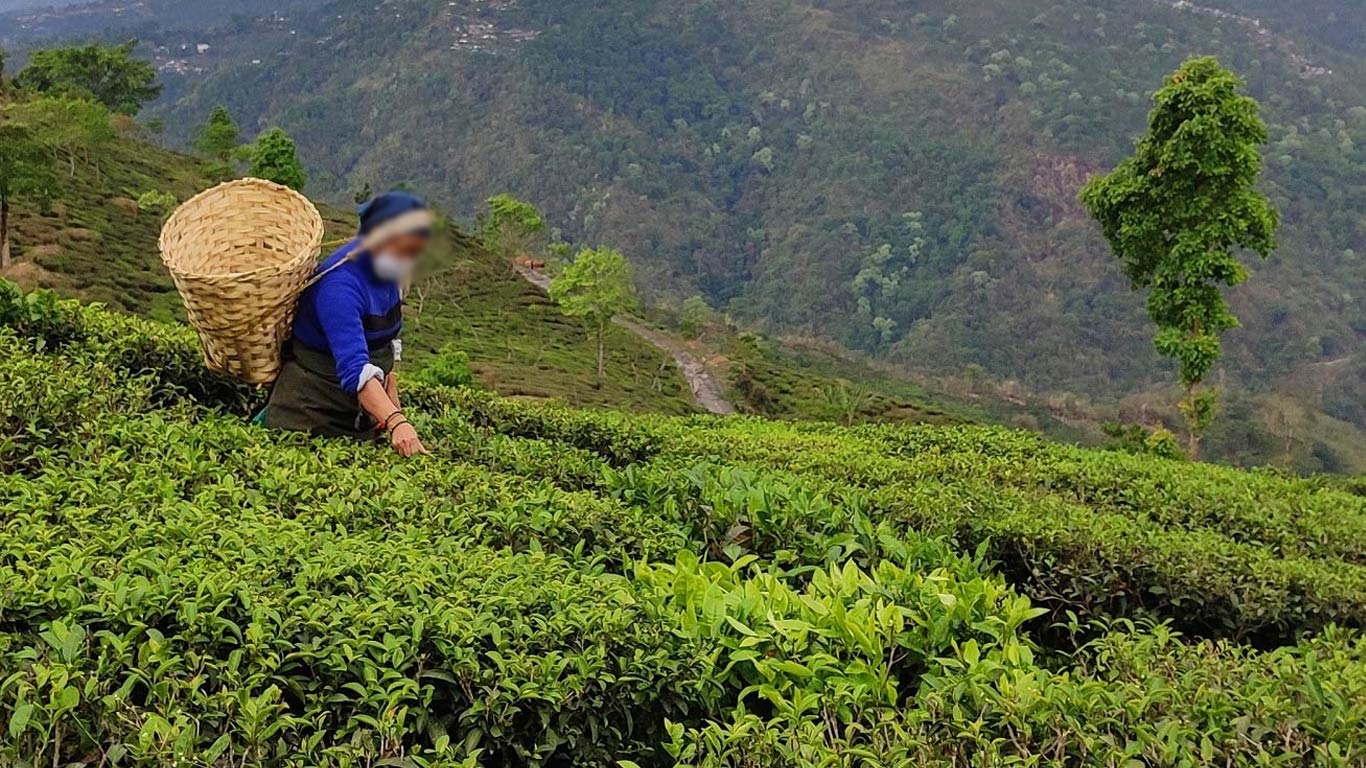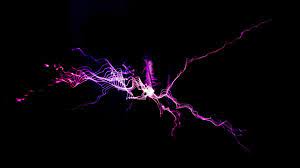A consortium of Chinese and Japanese scientists published discoveries that could show superconductivity in a problematic substance.
What exactly is superconductivity?
- Superconductivity occurs when a substance has nearly no resistance to the flow of electric current, allowing for energy-efficient electrical appliances and lossless power transmission.
- Magnetic Behaviour: Superconductors exhibit remarkable behaviour in magnetic fields, allowing technology such as MRI equipment and faster Maglev trains to be developed.
Investigating the Subject Apatite Structure LK-99:
- To synthesise LK-99, the Korean team used copper-substituted lead apatite, a phosphate mineral with distinctive tetrahedral patterns.
- Superconducting qualities: LK-99 exhibited key superconducting qualities, including almost zero resistance to current flow and the rapid appearance of resistance above a critical current threshold.
- Magnetic Resilience: LK-99 maintained superconductivity in the presence of a magnetic field until a critical threshold was reached.
The Meissner Effect: A Key Superconductivity Indicator
- The Meissner effect is a phenomena that occurs when materials become superconductors and discharge magnetic fields from their interior.
- The researchers discovered this behaviour in copper-substituted lead apatite, implying possible superconductivity.
Importance of the Search for Room-Temperature Superconductors
- The discovery of a superconducting material at room temperature and pressure (RTP) has enormous scientific and commercial importance.
- Because of their capacity to transport electricity without loss, RTP superconductors have the potential to revolutionise power transmission, medical diagnostics, computing, and other fields.
Hype and Controversies in Superconductivity Research
- Past Controversies: The field has undergone various conflicts, including assertions by Ranga Dias and a South Korean research group that were later questioned.
- The Influence of Hype: The financial potential of RTP superconductors has led to several premature statements and disputes in the scientific community.
Methodology and Results of a New Study
- Approach: Using modern techniques, the researchers synthesised LK-99 samples and evaluated for indicators of superconductivity beyond the specific claims made by prior investigations.
- Direct Current Measurements: They performed hysteresis experiments in which they applied and removed a magnetic field to observe the material’s behaviour at different temperatures.
Understanding Superconductor Hysteresis
- The Meissner effect is only seen with direct current since alternating current would disturb the phenomenon.
- The study distinguishes between Type I and II superconductors based on how they respond to increased magnetic field strength.
The Study’s Difficulties and Limitations
- Small Superconducting Components: Because the superconducting parts of the material were small, the critical magnetic field intensity was low.
- Interference Problems: The presence of cuprous sulphide interfered with X-ray molecular structure analysis.
Source: https://www.thehindu.com/sci-tech/science/lk-99-room-temperature-superconductor-meissner-effect-explained/article67706300.ece










